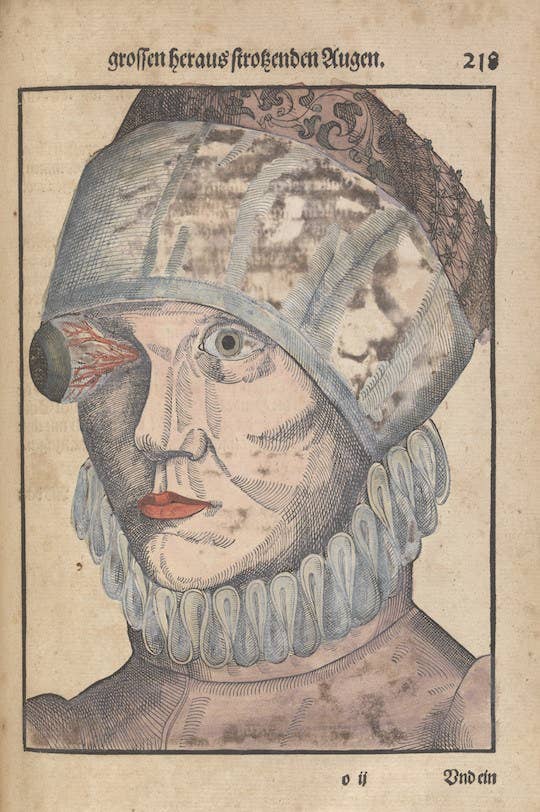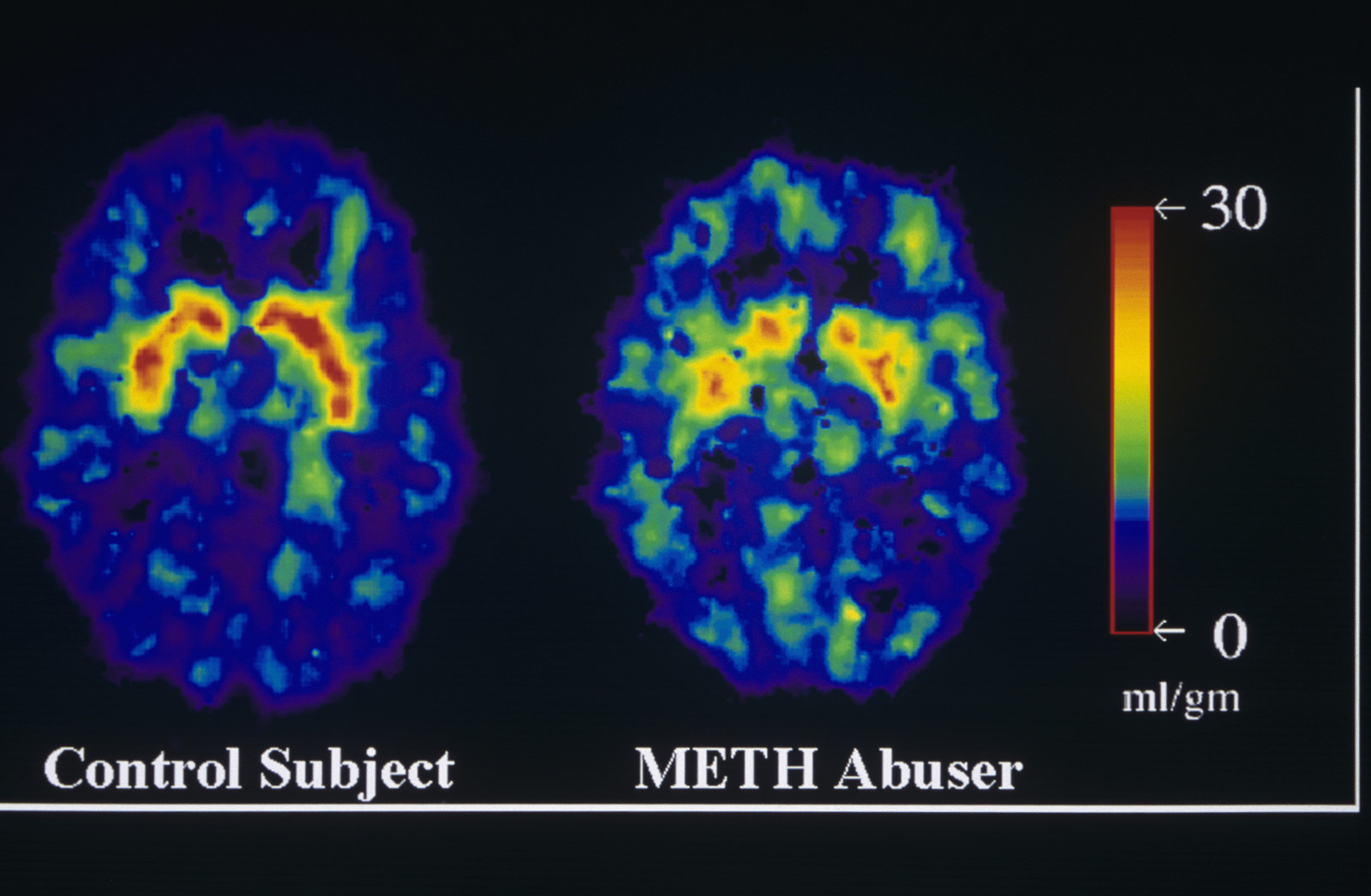Kaylee Muthart, a 20-year-old from South Carolina, made headlines in February when she gouged out both of her eyes while high on methamphetamine. She recently told her story for the first time to Cosmopolitan.

After injecting a large dose of methamphetamine, Muthart started hallucinating and believed she had to sacrifice her eyes in order to save the world. So she did.
Muthart was high and wandering along a railroad track on her way to her church when she thought God was asking her to make a sacrifice. Numb to pain from the drugs, she gouged out her eyes, and it took several men to subdue her before paramedics arrived and sedated her.
After Muthart was taken to a nearby hospital and treated for her injuries, she was transferred to a psychiatric facility. It was there where she was finally diagnosed with bipolar disorder and prescribed antipsychotic medication.
This is not the first time in history this has happened. Also called "self-enucleation," this is a rare form of self-inflicted injury usually associated with psychosis.


Historically, psychiatrists thought self-enucleation was a form of self-inflicted punishment resulting from sexual or Christian religious guilt. The act is described in a well-known passage from the Gospel of Matthew: "And if thy right eye offend thee, pluck it out, and cast it from thee." But arguably the most famous account of self-enucleation is from Sophocles' epic tragedy, Oedipus Rex. The protagonist, Oedipus, gouges his own eyes out after realizing he slept with his mother and killed his father.
The belief that people injure their eyes due to psychosexual guilt was prolonged by Sigmund Freud's "Oedipus complex," first proposed in the early 1900s, Large said, and became a central myth surrounding self-enucleation. "We now know it has very little to do with religion or sexual guilt and there is no deep psychological insight, it's due to psychosis," Large said.
Psychosis can result from an untreated psychiatric disorder, such as schizophrenia or drug use. About 40% of methamphetamine users experience psychotic symptoms while high.

The only way to prevent this kind of self-harm is by understanding psychosis, and treating the underlying cause as soon as possible.

Muthart, now blind, has returned home and is currently adjusting to her new life.
Once she has completed her outpatient psychiatric treatment, 90 days of Narcotics Anonymous, and physical therapy, Muthart hopes to return to school and fulfill her dreams of becoming a marine biologist. Although it's been difficult after losing her eyesight, she is staying optimistic.
"It took losing my sight to get me back on the right path, but from the bottom of my heart, I'm so glad I'm here," Muthart said.
If you or someone you know is struggling with drug abuse or addiction, here are please call the Substance Abuse and Mental Health Services Administration treatment referral hotline (1-800-662-4357) for 24-hour assistance or visit Findtreatment.samhsa.gov. You can also visit the American Addiction Centers website or call 888-987-9927 for more resources and support.
In the case of a medical or psychiatric emergency, call 911.
